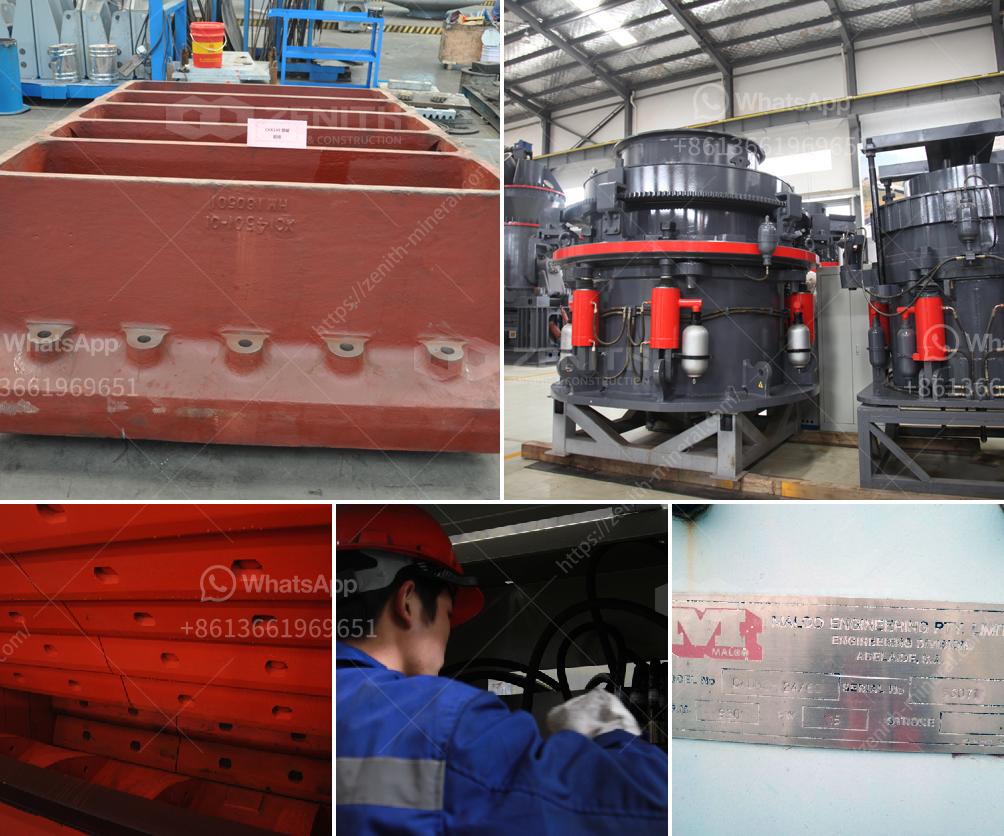In the context of stone crushing, secondary crushing is a crucial stage where the material that has been initially reduced in size by primary crushers is further processed to achieve the desired size and shape. Various types of equipment are used in secondary crushing, each with its own specific applications and advantages. Here are the primary types of equipment used in secondary crushing for stone crusher machines:
Cone crushers are one of the most commonly used types of secondary crushers. They work by compressing the stone between a gyrating spindle and a concave hopper. The material is crushed as it falls through the gap between the spindle and the hopper. Cone crushers are known for their high efficiency and ability to produce a uniform particle size.
Advantages:
Impact crushers use impact force to break down materials. They consist of a rotor that spins at high speed, throwing the stones against a stationary impact plate. The repeated impact breaks the material into smaller pieces. There are two main types of impact crushers: horizontal shaft impactors (HSI) and vertical shaft impactors (VSI).
Advantages:
Roll crushers consist of two or more cylindrical rollers that rotate in opposite directions. The material is fed between the rollers, which crush it as it passes through. Roll crushers are particularly effective for producing fine particles and are often used for secondary or tertiary crushing.
Advantages:
Hammer mills use high-speed rotating hammers to crush the material. The hammers strike the stones, causing them to break apart. The crushed material then passes through a screen to achieve the desired size. Hammer mills are versatile and can be used for a variety of materials.
Advantages:
Gyratory crushers are similar to cone crushers but have a steeper crushing chamber and a less steep cone. They are used for secondary crushing of hard and abrasive materials. The gyratory motion of the spindle crushes the material against the concave surface.
Advantages:
While jaw crushers are typically used for primary crushing, they can also be used as secondary crushers in some cases. They work by compressing the material between a fixed and a moving jaw. The material is crushed as it moves down the chamber.
Advantages:
Each type of secondary crusher has its own unique advantages and is suitable for different applications. The choice of equipment depends on the specific requirements of the crushing process, including the type of material, desired output size, and production capacity. By understanding the characteristics and benefits of each type of crusher, operators can select the most appropriate equipment for their needs, ensuring efficient and effective secondary crushing.
